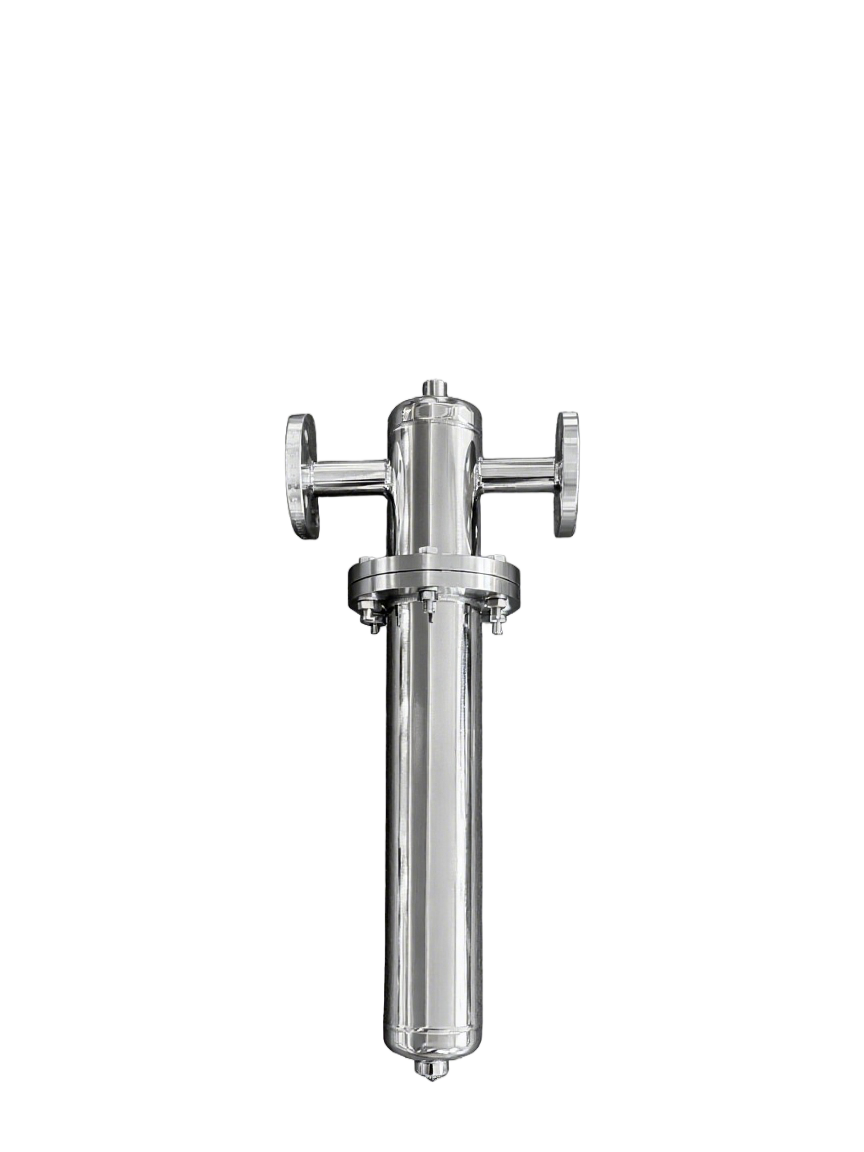Unveiling the Mechanics: The Necessity of Priming in Mechanical Fuel Pumps
In the realm of automotive engineering, the mechanical fuel pump plays a crucial role in delivering a steady supply of fuel to the engine. However, a pertinent question arises: does a mechanical fuel pump require priming? In this comprehensive forum post, we will delve into the intricacies of mechanical fuel pumps, exploring their functionality, the need for priming, and the impact it has on engine performance. By understanding the importance of priming, we can optimize fuel delivery and ensure the smooth operation of our vehicles.
- Understanding Mechanical Fuel Pumps:
Mechanical fuel pumps are commonly found in older vehicles and operate using a camshaft-driven mechanism. These pumps are responsible for drawing fuel from the fuel tank and delivering it to the carburetor or fuel injection system. Unlike their electric counterparts, mechanical fuel pumps rely on the engine's mechanical motion for operation. - The Role of Priming:
Priming a mechanical fuel pump involves filling it with fuel before starting the engine. This process eliminates any air pockets or gaps within the pump, ensuring a continuous flow of fuel. Priming is particularly crucial when the fuel system has been drained, such as during maintenance or after prolonged vehicle storage. Without proper priming, the pump may struggle to draw fuel efficiently, leading to engine misfires, stalling, or even damage. - Factors Influencing the Need for Priming:
a. Fuel System Design: Some mechanical fuel pump designs incorporate a built-in priming mechanism, allowing for automatic priming during engine startup. These pumps feature a small reservoir that retains fuel, ensuring immediate fuel delivery without the need for manual priming.
b. Fuel Line Length and Position: Longer fuel lines or those positioned at higher elevations may require additional priming to overcome the increased resistance caused by gravity or distance. This is especially relevant in vehicles with rear-mounted fuel tanks.
c. Fuel System Modifications: Aftermarket modifications, such as installing larger fuel lines or upgrading to a higher-flowing pump, may necessitate priming to ensure proper fuel delivery. - Priming Techniques:
a. Manual Priming: This involves manually filling the fuel pump with fuel using a hand-operated primer or a syringe. By carefully following the manufacturer's instructions, one can effectively remove air from the pump and achieve optimal fuel flow.
b. Cranking the Engine: In some cases, repeatedly cranking the engine without starting it can create a vacuum effect, drawing fuel into the pump and priming it. However, this method may not be as reliable as manual priming and can potentially strain the starter motor.
Conclusion:
In conclusion, a mechanical fuel pump does require priming to ensure efficient fuel delivery and prevent potential engine issues. By understanding the factors influencing the need for priming and employing appropriate priming techniques, we can maintain the optimal performance of our vehicles. Whether it's during routine maintenance or after extended periods of inactivity, priming the mechanical fuel pump should be an integral part of our automotive care regimen.




